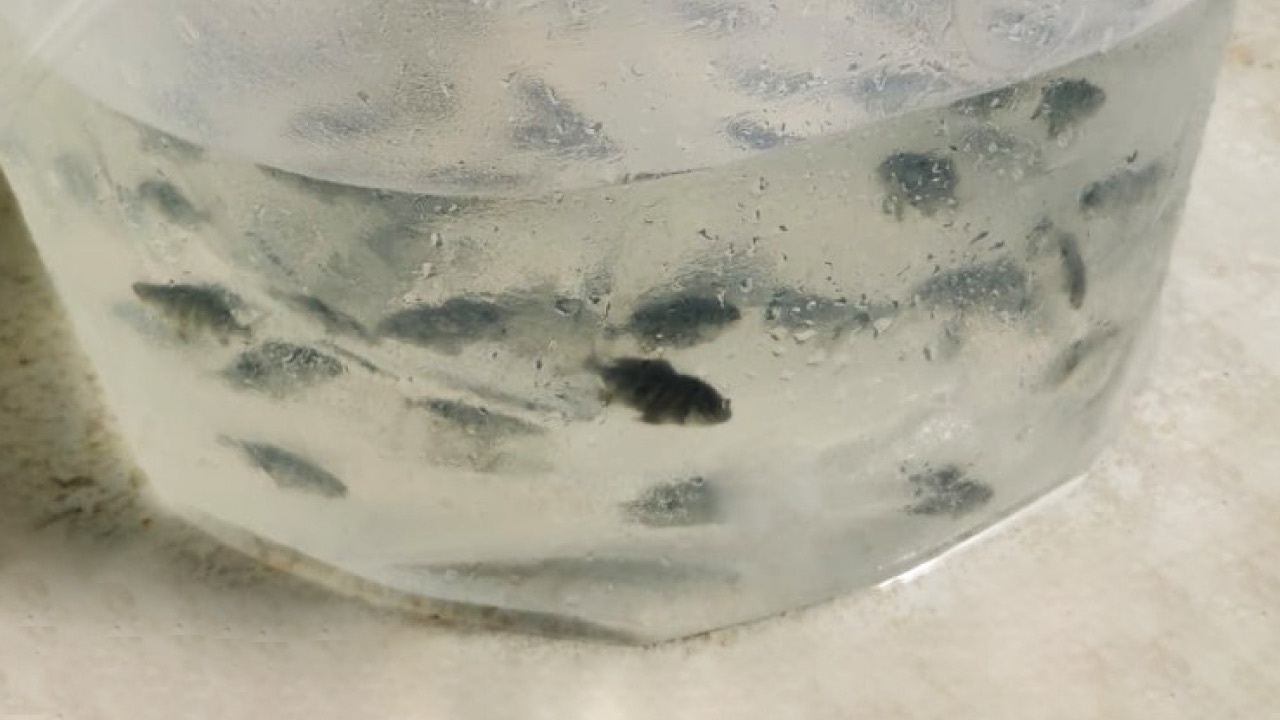
Researchers in China have identified the molecular mechanisms that explain how greater amberjack (Seriola dumerili) responds to marine heatwaves, using microRNA analysis to reveal the stress pathways involved. The findings, published in Comparative Biochemistry and Physiology, provide valuable knowledge that could help aquaculture producers anticipate and manage the risks of climate change.
Greater amberjack, one of the fastest-growing carangids, has been highlighted as a promising species for diversification in Mediterranean aquaculture. However, the increasing frequency of marine heatwaves poses a serious challenge, with negative impacts on fish health, survival, and farm productivity.
In this study, juvenile amberjack measuring about 12 centimetres and weighing around 20 grams were exposed to controlled heatwave scenarios. The treatment simulated a rise in water temperature from 24 °C up to 31 °C, considered an extreme heatwave condition for this species.
Two experimental settings were designed: short-lasting heatwaves of four days and repeated heatwave events of 13 days. Samples from both groups were compared with control fish kept under normal temperatures.
Through high-throughput sequencing, the team identified nearly 900 microRNAs and tens of thousands of genes expressed in the juveniles. They found 58 microRNAs and more than 2,300 genes were differentially expressed after a short heatwave, while repeated heatwaves altered 67 microRNAs and over 3,800 genes.
The results showed that microRNAs regulate the stress response, influencing genes involved in antioxidant defence, metabolism, protein folding, and immunity. Importantly, the number of down-regulated genes was much higher in fish exposed to repeated heatwaves, indicating that successive events cause greater physiological damage. Among the molecules identified, miR-195-x, miR-203-y and miR-14-y stood out as key regulators of how amberjack cope with heat stress.
Understanding these molecular responses is critical for aquaculture. MicroRNAs can act as early-warning indicators of how fish are coping with extreme temperatures, offering a potential tool for monitoring stock resilience during marine heatwaves. In the longer term, identifying microRNAs associated with tolerance could support selective breeding programmes to produce amberjack strains better adapted to warming seas.
For farmers, this research highlights the importance of proactive management when heatwaves occur. Measures such as adjusting cage depth, reducing stocking density, or modifying feeding strategies could help mitigate stress and lower mortality. By linking molecular markers with observable outcomes, the study provides a scientific basis for targeted interventions.
As marine heatwaves become increasingly common, the ability to detect, understand, and manage their impacts will be crucial. This research is a step forward in preparing greater amberjack aquaculture for a changing ocean, giving producers tools to adapt and build more resilient production systems.


